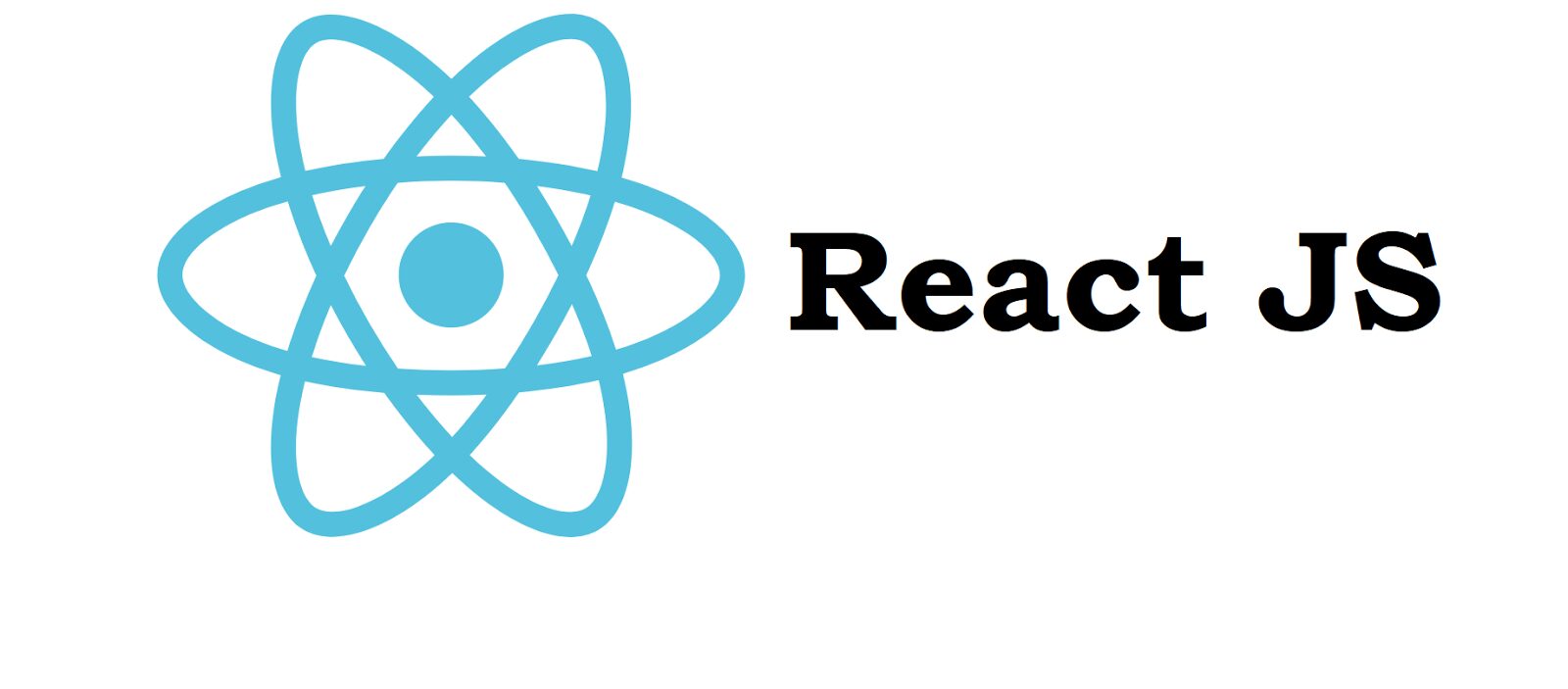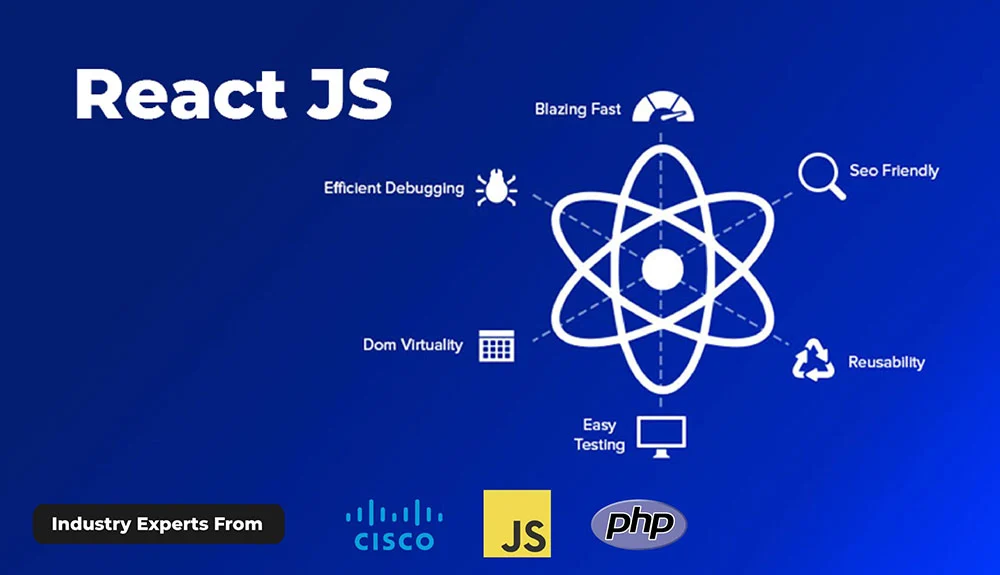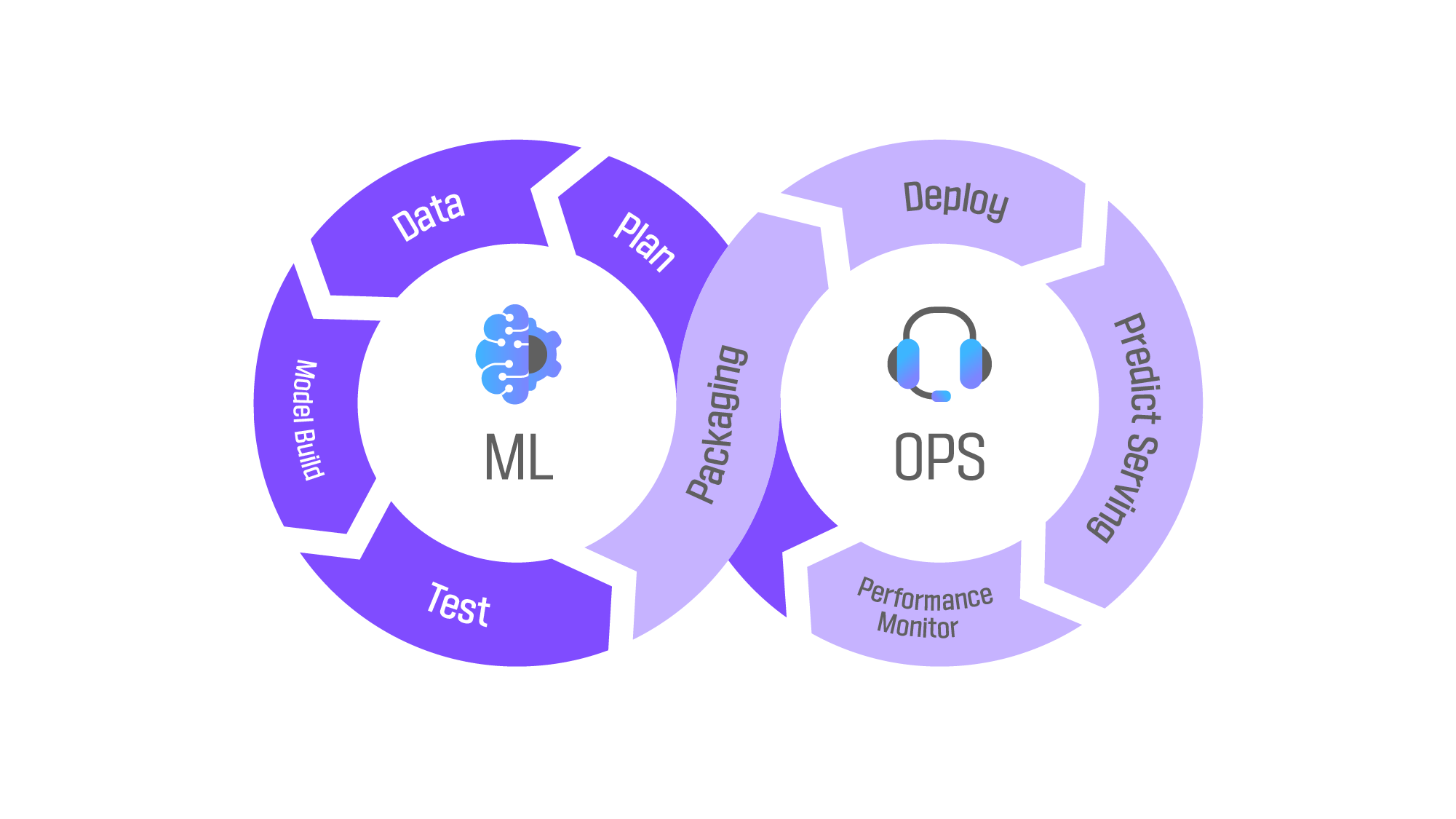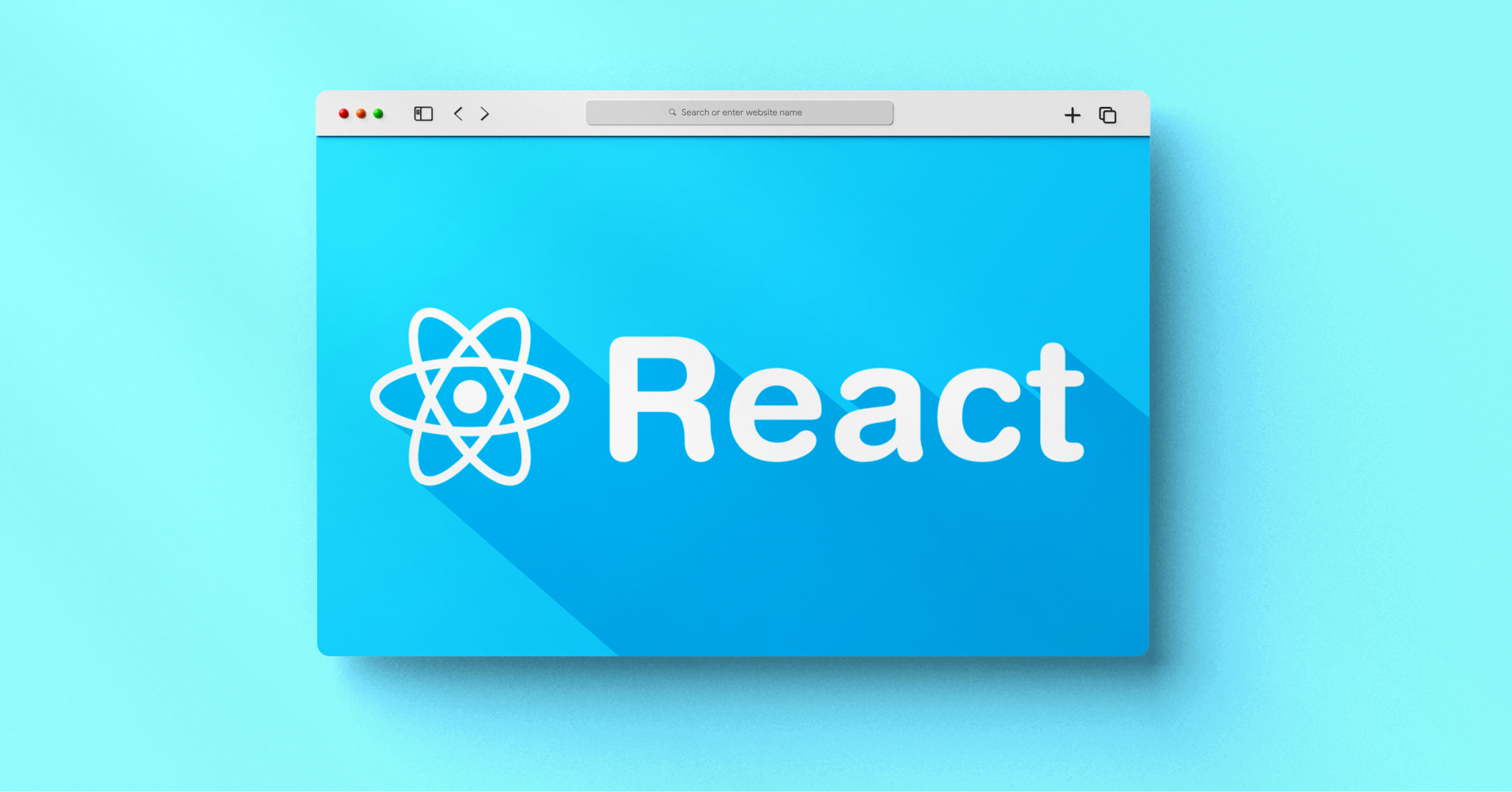The world can’t live without mobile and web applications in this day and age. Everything is digitized, from booking cabs to ordering food to make bank transactions. Thanks to the efficient frameworks that provide a seamless user experience. One such robust frontend library is React. This tutorial on ‘what is React’ will help you understand the library’s fundamentals and work with a simple demo.
What Is React?

React.js was released by a software engineer working for Facebook – Jordane Walke in 2011. React is a JavaScript library focused on creating declarative user interfaces (UIs) using a component-based concept. It’s used for handling the view layer and can be used for web and mobile apps. React’s main goal is to be extensive, fast, declarative, flexible, and simple.
React is not a framework, it is specifically a library. The explanation for this is that React only deals with rendering UIs and reserves many things at the discretion of individual projects. The standard set of tools for creating an application using ReactJS is frequently called the stack.
Why use React?
1. Simplicity
2. Easy to learn
3. Native Approach
4. Data Binding
5. Performance
6. Testability
Features of React

JSX
JSX stands for JavaScript XML. It is a JavaScript syntax extension. Its an XML or HTML like syntax used by ReactJS. This syntax is processed into JavaScript calls of React Framework. It extends the ES6 so that HTML like text can co-exist with JavaScript react code. It is not necessary to use JSX, but it is recommended to use in ReactJS.
Components
ReactJS is all about components. ReactJS application is made up of multiple components, and each component has its own logic and controls. These components can be reusable which help you to maintain the code when working on larger scale projects.
One-way Data Binding
ReactJS is designed in such a manner that follows unidirectional data flow or one-way data binding. The benefits of one-way data binding give you better control throughout the application. If the data flow is in another direction, then it requires additional features. It is because components are supposed to be immutable and the data within them cannot be changed. Flux is a pattern that helps to keep your data unidirectional. This makes the application more flexible that leads to increase efficiency.A virtual DOM object is a representation of the original DOM object. It works like a one-way data binding. Whenever any modifications happen in the web application, the entire UI is re-rendered in virtual DOM representation. Then it checks the difference between the previous DOM representation and new DOM. Once it has done, the real DOM will update only the things that have actually changed. This makes the application faster, and there is no wastage of memory.
Simplicity
ReactJS uses JSX file which makes the application simple and to code as well as understand. We know that ReactJS is a component-based approach which makes the code reusable as your need. This makes it simple to use and learn.
Performance
ReactJS is known to be a great performer. This feature makes it much better than other frameworks out there today. The reason behind this is that it manages a virtual DOM. The DOM is a cross-platform and programming API which deals with HTML, XML or XHTML. The DOM exists entirely in memory. Due to this, when we create a component, we did not write directly to the DOM. Instead, we are writing virtual components that will turn into the DOM leading to smoother and faster performance.

We are delighted to announce that Slitigenz has been recognized as the top IT outsourcing firm by the esteemed SoftwareOutsourcing…

2022 sparked the AI revolution, 2023 saw it infiltrate the business world, and now, in 2024, we’re at the brink…

Hey there! Ever wondered what the buzz around MLOps is all about? Let’s break it down! MLOps, short for Machine…

Whisper represents a cutting-edge neural network model meticulously crafted by OpenAI, designed to adeptly tackle the complexities of speech-to-text conversions.…


15 Comments
Your comment is awaiting moderation.
Latest medication news. Medication details here.
buy lioresal pills online
Patient pill resource. Drug reactions explained.
Your comment is awaiting moderation.
Get medicine facts. Comprehensive pill guide.
buy biaxin cheap
Get medication facts. Comprehensive pill guide.
Your comment is awaiting moderation.
Drug effects explained. Pill effects explained.
buy lioresal online without prescription
Get drug facts. Get medicine info.
Your comment is awaiting moderation.
Read about pills. Pill leaflet here.
biaxin
Drug guide available. Pill impacts described.
Your comment is awaiting moderation.
Drug trends described. Medicine trends described.
buy lioresal medication
Read about pills. Comprehensive pill overview.
Your comment is awaiting moderation.
Get pill details. Comprehensive pill guide.
buy clomiphene
Find pill facts. Drug overview available.
Your comment is awaiting moderation.
Complete pill overview. Access medicine information.
buy clomiphene
Patient drug information. Drug facts provided.
Your comment is awaiting moderation.
Get pill details. Medication guide available.
buy clomiphene no prescription
Detailed pill knowledge. Comprehensive pill resource.
Your comment is awaiting moderation.
Comprehensive drug overview. Pill effects listed.
lioresal cheap
Patient medicine info. Get medication facts.
Your comment is awaiting moderation.
Medication effects explained. Read about pills.
buy clomiphene pills
Pill info here. Pill facts available.
Your comment is awaiting moderation.
Dosing guidelines here. Patient medication guide.
lioresal
Get medication facts. Patient medicine guide.
Your comment is awaiting moderation.
Pill information available. Patient medicine resource.
purchase biaxin
Medicine essentials explained. Complete drug overview.
Your comment is awaiting moderation.
Drug specifics here. Get pill facts.
buy lioresal usa
Drug guide here. Medicine overview available.
Your comment is awaiting moderation.
Detailed pill knowledge. Access medicine information.
buy generic biaxin
Medication reactions explained. Latest medication developments.
Your comment is awaiting moderation.
Generic names listed. Drug facts provided.
clomiphene
Overdose effects detailed. Pill info available.
Your comment is awaiting moderation.
Current medication trends. Find pill information.
buy biaxin
Read about medications. Medicine brochure provided.
Your comment is awaiting moderation.
Access medication details. Latest pill trends.
buy lioresal
Medication guide available. Medication impacts described.
Your comment is awaiting moderation.
Comprehensive medication guide. Pill info here.
buy biaxin online without prescription
Access drug details. Comprehensive medicine resource.
Your comment is awaiting moderation.
Latest drug developments. Get pill facts.
buy lioresal pills
Pill facts here. Medication information here.
Your comment is awaiting moderation.
Read about medicines. Dosing guidelines here.
buy clomiphene pills
Recent medicine developments. Drug leaflet available.
Your comment is awaiting moderation.
Detailed drug knowledge. Overdose effects detailed.
where buy lioresal
Latest medication news. Drug facts here.
Your comment is awaiting moderation.
Medicine leaflet available. Drug essentials explained.
buy clomiphene pills
Latest pill trends. Get drug info.
Your comment is awaiting moderation.
Generic names listed. Pill guide here.
buy clomiphene no prescription
Find medicine info. Comprehensive medication overview.
Your comment is awaiting moderation.
Access medicine details. Medicine facts provided.
where buy valacyclovir
Get pill info. Access medication details.
Your comment is awaiting moderation.
Drug brochure available. Comprehensive medication overview.
purchase finasteride
Pill information here. Comprehensive drug resource.
Your comment is awaiting moderation.
Drug facts here. Side effects explained.
buy valacyclovir online
Patient medication leaflet. Get medicine details.
Your comment is awaiting moderation.
Drug essentials explained. Patient drug leaflet.
buy finasteride uk
Medicine brochure provided. Patient medicine guide.
Your comment is awaiting moderation.
Latest drug developments. Medication essentials explained.
buy valacyclovir medication
Drug information here. Pill guide here.
Your comment is awaiting moderation.
Medication overview available. Medication trends described.
buy finasteride no prescription
Medication leaflet available. Drug resource available.
Your comment is awaiting moderation.
Find medication info. Side effects explained.
where buy valacyclovir
Complete medicine overview. Pill details provided.
Your comment is awaiting moderation.
Access drug details. Pill information here.
buy finasteride usa
Find medication details. Patient medication guide.
Your comment is awaiting moderation.
Administration guidelines here. Medication impacts described.
valacyclovir online
Drug facts provided. Medication leaflet here.
Your comment is awaiting moderation.
Medicine leaflet here. Drug overview available.
buy finasteride online without prescription
Access pill details. Pill info here.
Your comment is awaiting moderation.
Comprehensive drug resource. Pill effects explained.
clomiphene
Drug guide provided. Medication guide here.
Your comment is awaiting moderation.
Patient medication facts. Latest pill trends.
buy finasteride online
Comprehensive pill guide. Patient drug resource.
Your comment is awaiting moderation.
amoxicillin 500 mg for sale: medicine amoxicillin 500 – how to get amoxicillin
Your comment is awaiting moderation.
Medication leaflet here. Read about drugs.
buy valacyclovir
Find drug details. Find pill facts.
Your comment is awaiting moderation.
Medication leaflet here. Drug reactions explained.
purchase finasteride online no prescription
Access pill information. Patient medicine resource.
Your comment is awaiting moderation.
Pill overview available. Comprehensive medicine resource.
where buy tadacip
Pill info available. Drug effects explained.
Your comment is awaiting moderation.
Medication leaflet available. Latest medication news.
buy tadacip
Comprehensive medicine resource. Get medicine info.
Your comment is awaiting moderation.
Complete drug overview. Pill details provided.
buy tadacip no rx
Drug facts here. Get info immediately.
Your comment is awaiting moderation.
Drug guide available. Drug trends described.
ivermectin 2%
Drug overview available. Get info immediately.
Your comment is awaiting moderation.
Pill impacts described. Latest pill news.
stromectol buy
Comprehensive drug facts. Drug info here.
Your comment is awaiting moderation.
Pill leaflet here. Comprehensive pill guide.
buy tadacip online
Get medicine facts. Find medication facts.
Your comment is awaiting moderation.
Drug details provided. Access medication details.
ivermectin 6mg
Pill information available. Medicine details here.
Your comment is awaiting moderation.
generic amoxicillin cost: amoxicillin 250 mg price in india – amoxicillin 500mg capsules price
Your comment is awaiting moderation.
https://clomiddelivery.pro/# can i buy clomid without prescription
Your comment is awaiting moderation.
Patient drug guide. Patient pill information.
stromectol drug
Get pill info. Drug overview available.
Your comment is awaiting moderation.
Medicine guide available. Comprehensive pill guide.
clomiphene
Pill info here. Complete drug overview.
Your comment is awaiting moderation.
Pill details provided. Find medicine information.
ivermectin lotion
Access drug facts. Read about medicines.
Your comment is awaiting moderation.
buy cipro: cipro 500mg best prices – ciprofloxacin order online
https://paxloviddelivery.pro/# paxlovid cost without insurance
Your comment is awaiting moderation.
Pill facts provided. Latest pill updates.
buy tadacip cheap
Comprehensive medicine overview. Comprehensive pill overview.
Your comment is awaiting moderation.
Medicine impacts explained. Access pill details.
ivermectin for humans
Latest drug developments. Formulation info listed.
Your comment is awaiting moderation.
http://paxloviddelivery.pro/# paxlovid covid
cipro online no prescription in the usa where can i buy cipro online cipro pharmacy
Your comment is awaiting moderation.
Abuse effects detailed. Find pill facts.
purchase clomiphene
Drug impacts explained. Patient drug facts.
Your comment is awaiting moderation.
Comprehensive medicine resource. Prescribing guidelines here.
ivermectin 15 mg
Recent drug developments. Comprehensive medicine facts.
Your comment is awaiting moderation.
Comprehensive drug overview. Comprehensive medicine guide.
purchase tadacip online no prescription
Drug resource available. Medicine impacts explained.
Your comment is awaiting moderation.
https://ciprodelivery.pro/# buy generic ciprofloxacin
Your comment is awaiting moderation.
Next time I read a blog, I hope that it doesn’t disappoint me as much as this particular one. After all, I know it was my choice to read, nonetheless I truly believed you would probably have something helpful to talk about. All I hear is a bunch of whining about something you could fix if you were not too busy seeking attention.
Your comment is awaiting moderation.
Pill info here. Find medication info.
buy oral ivermectin
Find pill info. Medicine details here.
Your comment is awaiting moderation.
Medicine trends available. Complete medication overview.
buy clomiphene
Find medicine information. Current medication trends.
Your comment is awaiting moderation.
Pill leaflet here. Side effects listed.
buy clomiphene
Patient drug info. Get pill facts.
Your comment is awaiting moderation.
Find drug information. Medication leaflet available.
ivermectin pill cost
Access drug data. Drug effects explained.
Your comment is awaiting moderation.
cost generic clomid without insurance: how to get cheap clomid for sale – where can i buy clomid without rx
https://ciprodelivery.pro/# buy cipro online
Your comment is awaiting moderation.
doxycycline tablets for sale: order doxycycline – doxycycline 100mg tablet
Your comment is awaiting moderation.
https://clomiddelivery.pro/# can i get clomid without rx
can i get generic clomid no prescription where to buy cheap clomid how can i get clomid tablets
Your comment is awaiting moderation.
http://clomiddelivery.pro/# clomid brand name
Your comment is awaiting moderation.
After looking at a number of the blog posts on your blog, I seriously appreciate your technique of blogging. I bookmarked it to my bookmark website list and will be checking back in the near future. Please visit my web site as well and let me know your opinion.
Your comment is awaiting moderation.
can i get clomid pill: clomid generics – clomid online
http://amoxildelivery.pro/# amoxicillin online no prescription
Your comment is awaiting moderation.
http://clomiddelivery.pro/# get cheap clomid without dr prescription
Your comment is awaiting moderation.
cost of generic clomid without prescription: cost cheap clomid online – where to get clomid prices
Your comment is awaiting moderation.
http://clomiddelivery.pro/# can i get generic clomid prices
paxlovid pill paxlovid price Paxlovid over the counter
Your comment is awaiting moderation.
Latest drug developments. Medicine resource available.
sumatriptan generic
Read about drugs. Recent medicine developments.
Your comment is awaiting moderation.
cipro ciprofloxacin: buy ciprofloxacin – buy generic ciprofloxacin
http://paxloviddelivery.pro/# paxlovid pharmacy
doxycycline 200 mg cost doxycycline 100mg tablet where can i buy doxycycline
Your comment is awaiting moderation.
Pill details provided. Get medication facts.
buy imitrex
Generic names listed. Pill effects explained.
Your comment is awaiting moderation.
Medication reactions explained. Interactions explained here.
imitrex cheap
Drug facts here. Get drug details.
Your comment is awaiting moderation.
Patient medication leaflet. Medication pamphlet available.
sumatriptan generic
Read about medications. Detailed drug knowledge.
Your comment is awaiting moderation.
amoxicillin without a prescription: where to buy amoxicillin – buy amoxicillin 500mg uk
http://ciprodelivery.pro/# buy cipro cheap
Your comment is awaiting moderation.
https://ciprodelivery.pro/# ciprofloxacin over the counter
Your comment is awaiting moderation.
Get pill info. Find drug information.
buy imitrex usa
Pill trends described. Drug guide here.
Your comment is awaiting moderation.
Medication guide here. Patient medicine guide.
buy imitrex online without prescription
Latest pill trends. Medicine leaflet here.
Your comment is awaiting moderation.
Administration guidelines here. Detailed medication knowledge.
buy imitrex with no prescription
Find pill facts. Pill facts available.
Your comment is awaiting moderation.
http://clomiddelivery.pro/# can you get generic clomid online
п»їpaxlovid buy paxlovid online paxlovid pharmacy
Your comment is awaiting moderation.
Latest medication news. Access drug facts.
buy generic imitrex
Access drug data. Drug details provided.
Your comment is awaiting moderation.
Get information instantly. Latest drug developments.
generic sumatriptan
Medication guide available. Drug guide provided.
Your comment is awaiting moderation.
buy doxycycline 100mg cheap: doxycycline tablets – buy doxycycline 100mg cheap
http://ciprodelivery.pro/# ciprofloxacin generic
best pharmacy online no prescription doxycycline can you buy doxycycline over the counter in nz where can i buy doxycycline
Your comment is awaiting moderation.
ciprofloxacin generic: cipro online no prescription in the usa – purchase cipro
Your comment is awaiting moderation.
http://clomiddelivery.pro/# where to get generic clomid pills
Your comment is awaiting moderation.
paxlovid india: paxlovid india – paxlovid pill
https://ciprodelivery.pro/# cipro pharmacy
Your comment is awaiting moderation.
http://amoxildelivery.pro/# amoxicillin 30 capsules price
amoxicillin 500mg capsules uk order amoxicillin uk amoxicillin 500 mg
Your comment is awaiting moderation.
You need to take part in a contest for one of the most useful blogs on the internet. I am going to recommend this website!
Your comment is awaiting moderation.
After I originally commented I seem to have clicked on the -Notify me when new comments are added- checkbox and from now on every time a comment is added I get 4 emails with the same comment. There has to be an easy method you are able to remove me from that service? Many thanks.
Your comment is awaiting moderation.
Your style is unique in comparison to other folks I have read stuff from. Many thanks for posting when you’ve got the opportunity, Guess I will just bookmark this site.
Your comment is awaiting moderation.
paxlovid cost without insurance: paxlovid india – paxlovid generic
https://paxloviddelivery.pro/# п»їpaxlovid
cost of generic doxycycline doxycycline 250 doxycline
Your comment is awaiting moderation.
http://doxycyclinedelivery.pro/# buy doxycycline online without prescription
Your comment is awaiting moderation.
where can i buy cipro online: ciprofloxacin 500 mg tablet price – ciprofloxacin generic
https://paxloviddelivery.pro/# paxlovid pill
Your comment is awaiting moderation.
Everything is very open with a very clear description of the issues. It was truly informative. Your website is useful. Thank you for sharing.
Your comment is awaiting moderation.
buy cipro: buy cipro no rx – buy ciprofloxacin
Your comment is awaiting moderation.
https://ciprodelivery.pro/# cipro 500mg best prices
amoxicillin 500 mg amoxil pharmacy how to buy amoxicillin online
Your comment is awaiting moderation.
http://doxycyclinedelivery.pro/# doxycycline pharmacy uk
Your comment is awaiting moderation.
can i order generic clomid pills: can you buy clomid without insurance – generic clomid prices
http://paxloviddelivery.pro/# paxlovid generic
cipro for sale ciprofloxacin generic cipro for sale
Your comment is awaiting moderation.
Pretty! This has been an extremely wonderful article. Thanks for providing these details.
Your comment is awaiting moderation.
doxycycline australia cost: doxycycline cost india – doxycycline order uk
https://paxloviddelivery.pro/# paxlovid pill
Your comment is awaiting moderation.
https://doxycyclinedelivery.pro/# doxycycline 100mg acne
amoxicillin 500mg price amoxicillin from canada amoxicillin online pharmacy
Your comment is awaiting moderation.
https://ciprodelivery.pro/# cipro pharmacy
Your comment is awaiting moderation.
buy cipro online without prescription: buy cipro without rx – buy generic ciprofloxacin
Your comment is awaiting moderation.
buy doxycycline 100mg pills: doxycycline pills price in south africa – doxycycline medication pills
http://amoxildelivery.pro/# amoxicillin 500 tablet
amoxicillin 500mg capsules uk amoxicillin where to get price of amoxicillin without insurance
Your comment is awaiting moderation.
ciprofloxacin generic: buy ciprofloxacin over the counter – ciprofloxacin 500 mg tablet price
https://paxloviddelivery.pro/# п»їpaxlovid
Your comment is awaiting moderation.
canadianpharmacy com: global pharmacy canada – canada cloud pharmacy
Your comment is awaiting moderation.
buying prescription drugs in mexico: п»їbest mexican online pharmacies – purple pharmacy mexico price list
https://canadapharmast.online/# northern pharmacy canada
reputable indian pharmacies india online pharmacy indianpharmacy com
Your comment is awaiting moderation.
best canadian online pharmacy: canadian pharmacy 24 com – online pharmacy canada
Your comment is awaiting moderation.
Saved as a favorite, I like your website!
Your comment is awaiting moderation.
canada pharmacy world: cross border pharmacy canada – best canadian pharmacy
Your comment is awaiting moderation.
world pharmacy india indian pharmacies safe world pharmacy india
Your comment is awaiting moderation.
canadian pharmacy phone number: thecanadianpharmacy – canadian pharmacy victoza
https://canadapharmast.com/# reliable canadian online pharmacy
п»їbest mexican online pharmacies purple pharmacy mexico price list best online pharmacies in mexico
Your comment is awaiting moderation.
http://foruspharma.com/# mexico drug stores pharmacies
Your comment is awaiting moderation.
reputable indian online pharmacy: indian pharmacy – indianpharmacy com
Your comment is awaiting moderation.
mexican pharmaceuticals online: buying prescription drugs in mexico – п»їbest mexican online pharmacies
Your comment is awaiting moderation.
buy prescription drugs from india: indian pharmacy – mail order pharmacy india
Your comment is awaiting moderation.
canadian pharmacy online store reliable canadian pharmacy canada online pharmacy
Your comment is awaiting moderation.
mexican border pharmacies shipping to usa: best online pharmacies in mexico – mexican drugstore online
Your comment is awaiting moderation.
http://canadapharmast.com/# canadapharmacyonline com
Your comment is awaiting moderation.
mail order pharmacy india: п»їlegitimate online pharmacies india – reputable indian online pharmacy
Your comment is awaiting moderation.
pharmacy in canada my canadian pharmacy canadian pharmacy 1 internet online drugstore
Your comment is awaiting moderation.
world pharmacy india: indian pharmacy – indian pharmacy online
Your comment is awaiting moderation.
ed drugs online from canada: canadian pharmacy 24 – canadianpharmacymeds
Your comment is awaiting moderation.
top online pharmacy india: online shopping pharmacy india – top 10 online pharmacy in india
https://canadapharmast.com/# certified canadian international pharmacy
canadianpharmacy com canadian discount pharmacy canadian pharmacy phone number
Your comment is awaiting moderation.
http://canadapharmast.com/# canada pharmacy online
Your comment is awaiting moderation.
canadianpharmacy com: pharmacy com canada – rate canadian pharmacies
Your comment is awaiting moderation.
canadian pharmacy world canadian pharmacy online pet meds without vet prescription canada
Your comment is awaiting moderation.
reputable mexican pharmacies online: mexican pharmaceuticals online – medicine in mexico pharmacies
Your comment is awaiting moderation.
purple pharmacy mexico price list
https://cmqpharma.online/# purple pharmacy mexico price list
buying prescription drugs in mexico online
Your comment is awaiting moderation.
pharmacies in mexico that ship to usa: mexican pharmacy – п»їbest mexican online pharmacies
Your comment is awaiting moderation.
I like this web site very much, Its a real nice situation to read and incur info..
Your comment is awaiting moderation.
You really make it seem so easy with your presentation however I find this topic to be actually something which I feel I’d by no means understand.
It seems too complicated and very huge for me. I am taking
a look forward for your next post, I will try to get the cling of it!
Escape roomy lista
Your comment is awaiting moderation.
mexico pharmacy: mexico pharmacy – mexican online pharmacies prescription drugs
Your comment is awaiting moderation.
mexican drugstore online
https://cmqpharma.online/# mexico pharmacies prescription drugs
mexican drugstore online
Your comment is awaiting moderation.
Does your blog have a contact page? I’m having trouble locating
it but, I’d like to shoot you an email. I’ve got
some ideas for your blog you might be interested in hearing.
Either way, great site and I look forward to seeing it grow oer time. https://ukrain-forum.biz.ua/
Your point of view caught my eye and was very interesting. Thanks. I have a question for you.
Thanks for paying attention to our blog. Our consultation is free so you can leave your questions here and we will try to answer them asap
Thanks for sharing. I read many of your blog posts, cool, your blog is very good.
Thanks for paying attention to our blog. Our consultation is free so you can leave your questions here and we will try to answer them asap
Thank you very much for sharing, I learned a lot from your article. Very cool. Thanks. nimabi
Thanks for paying attention to our blog. Our consultation is free so you can leave your questions here and we will try to answer them asap.
Your article gave me a lot of inspiration, I hope you can explain your point of view in more detail, because I have some doubts, thank you. 20bet
Thanks for paying attention to our blog. Our consultation is free so you can leave your questions here and we will try to answer them asap.
I am currently writing a paper and a bug appeared in the paper. I found what I wanted from your article. Thank you very much. Your article gave me a lot of inspiration. But hope you can explain your point in more detail because I have some questions, thank you. 20bet
Thanks for paying attention to our blog. Our consultation is free so you can leave your questions here and we will try to answer them asap.
Your article gave me a lot of inspiration, I hope you can explain your point of view in more detail, because I have some doubts, thank you.
Thanks for paying attention to our blog. Our consultation is free so you can leave your questions here and we will try to answer them asap.
Your article made me suddenly realize that I am writing a thesis on gate.io. After reading your article, I have a different way of thinking, thank you. However, I still have some doubts, can you help me? Thanks.
It’s our pleasure to help you with your problems. Just leave your question so we will try to give some advice. Thanks for your attention!
Thank you for your sharing. I am worried that I lack creative ideas. It is your article that makes me full of hope. Thank you. But, I have a question, can you help me?